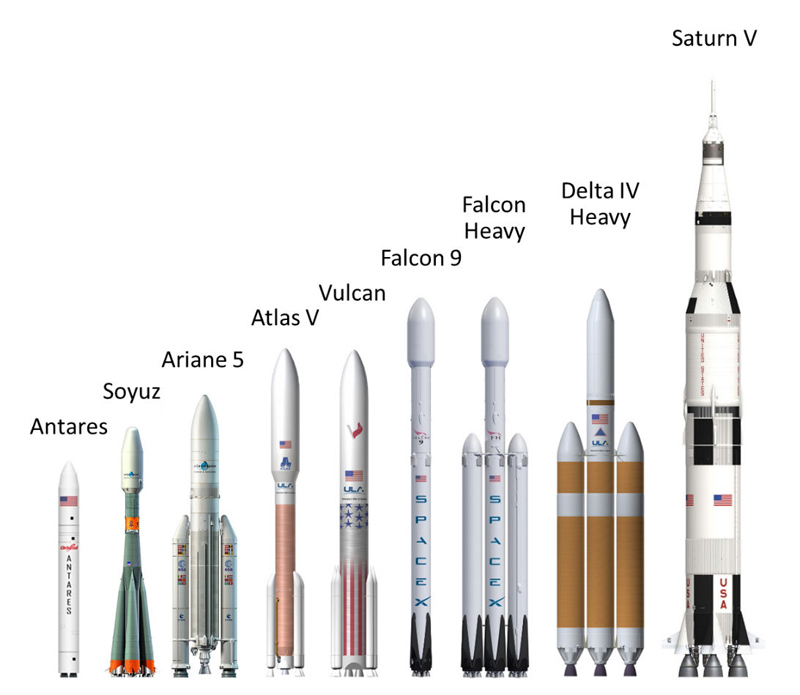
31st March 2017 World's first reflight of an orbital class rocket In a major milestone for the space industry, SpaceX has conducted a historic first reflight of an orbital class rocket.
SpaceX has made history by sending a "recycled" rocket into orbit and then returning it safely to ground level – an achievement that could bring down the cost of space launches by nearly one-third. In other words, a $60 million launch could be done for just $40 million, meaning a raft of businesses and countries that never had access to space before will suddenly be able to afford it. The Falcon 9 rocket seen in this video was previously used to carry an unmanned Dragon cargo ship to the International Space Station during April 2016. Yesterday in Cape Canaveral, Florida at 6:27 pm (2227 GMT), it blasted off again, delivering a communications satellite for Luxembourg-based firm SES into a Geostationary Transfer Orbit (GTO), flying 22,000 miles (35,000 km) above Earth. After this deployment, the Falcon 9's first stage then attempted to land on a droneship, "Of Course I Still Love You" (a reference to Iain M. Banks' Culture series of sci-fi novels), stationed in the Atlantic Ocean. About 10 minutes after launch, the re-used rocket powered its engines and landed upright on the ocean platform. This marked the ninth successful touchdown of a first stage rocket for SpaceX – six on sea and three on land. More importantly, it was the first time that SpaceX, or any other rocket company, has both reused and landed the first stage of a launch vehicle. "This is going to be ultimately a huge revolution in spaceflight," said Elon Musk, whose California-based company has spent 15 years developing the technology to get boosters back down to Earth for re-use. "It is an amazing day, I think, for space (and) for the whole of the space industry. It's the difference between if you had airplanes where you threw away an airplane after every flight, versus you could re-use them multiple times."
The SES-10 was deployed 32 minutes after launch. With 55 Ku-band transponder equivalents, it is one of the biggest satellites to cover Latin America and will provide a significant expansion in broadband capacity for the region. During the post-launch press conference, a few other details emerged from SpaceX: • They aim to achieve 24 hour reusability by next year.
---
Comments »
|







